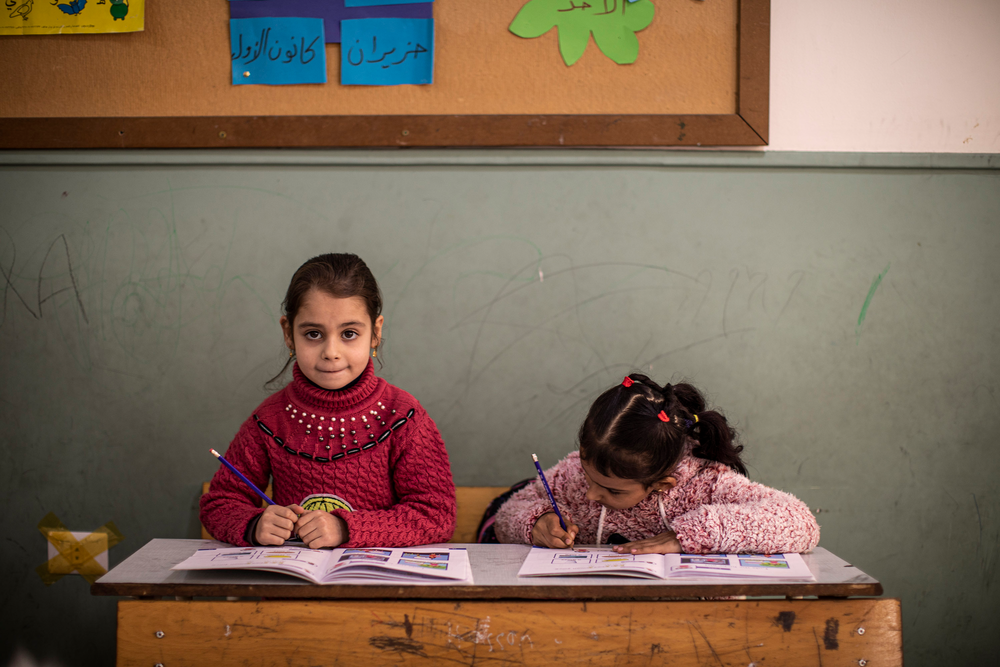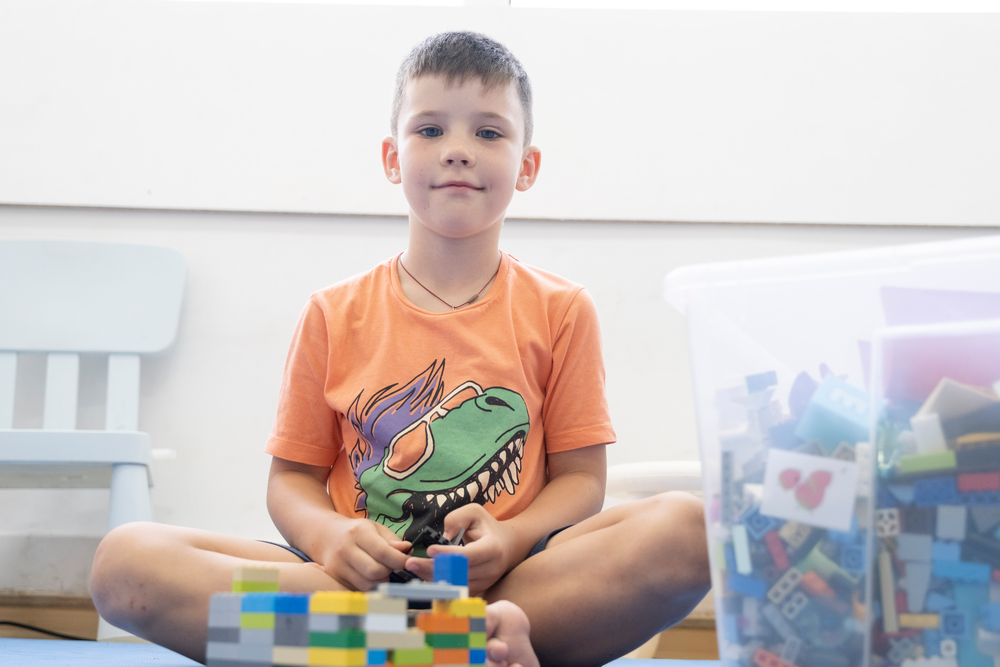
This amazing beehive building is a classroom for refugees, built by refugees
Education in emergencies, Refugees and internally displaced people
The building, which has won a global architecture award, was constructed in Jordan's Za'atari village and is designed to cope with high and low temperatures.
It looks like a giant beehive – but this amazing structure is a school for refugees built by refugees.
The dome was constructed as a classroom for children in the village of Za’atari, near the huge Syrian refugee camp of the same name in Jordan.
The aim is to provide education for children who might otherwise drop out because there are no schools near their homes.
The building was designed by Emergency Architecture & Human Rights (EAHR) as part of a project called 100 Classrooms for Refugee Children. It will be used by children in the morning and adults in the afternoon to learn reading and writing skills.
The project is so striking that it has won Small Structure Building of the Year 2018 in the ArchDaily architecture awards.
The design can be built quickly with unskilled labour and performs better than tents, cement blocks and corrugated metal sheets in terms of thermal insulation. That means it can lower the temperature in hot summers and and increase it in cold winters.
“When we visited Jordan last year, we realised that most of the problems related to education are outside and not inside the camps,” Michele de Marco, Director of EAHR Denmark, told Their News.
Many Syrian refugees live within the host communities rather than in the camps.
But de Marco explained: “Refugees living outside the camp do not attract as many international NGOs and visibility – and host communities in Jordan are in dire need of assistance, especially in terms of number and quality of schools.”
EAHR, founded in 2015, works and builds for socially-vulnerable communities around the globe by teaming up with local communities and partners on projects.
The beehive classroom, which can hold 25 children, is in Za’atari village – home to 15,000 Syrians and just six miles from the Jordan-Syria border. It will be used for both Syrian refugees and local Jordanian children.
It is run by the community and the local NGO Acting for Change. But EAHR hopes to involve the Jordanian education ministry in the 100 Classrooms project.
“Our goal is to build 100 classrooms in the next three to four years,” said de Marco. “This doesn’t mean that EAHR will build all of them, because during the construction phase we are training refugees to build so that they can construct other classrooms by themselves.”
The classroom was built with the “super-adobe” technique that uses filled sandbags. The construction is inspired by the Great Mosque of Djenné, traditional earth architecture from Mali and beehive house structures of Syria’s Aleppo and Homs, where many of the refugees come from.
EAHR is looking for funds to achieve its goal to build other classrooms for the Syrian refugee children. For more information visit the EAHR website.
More news

